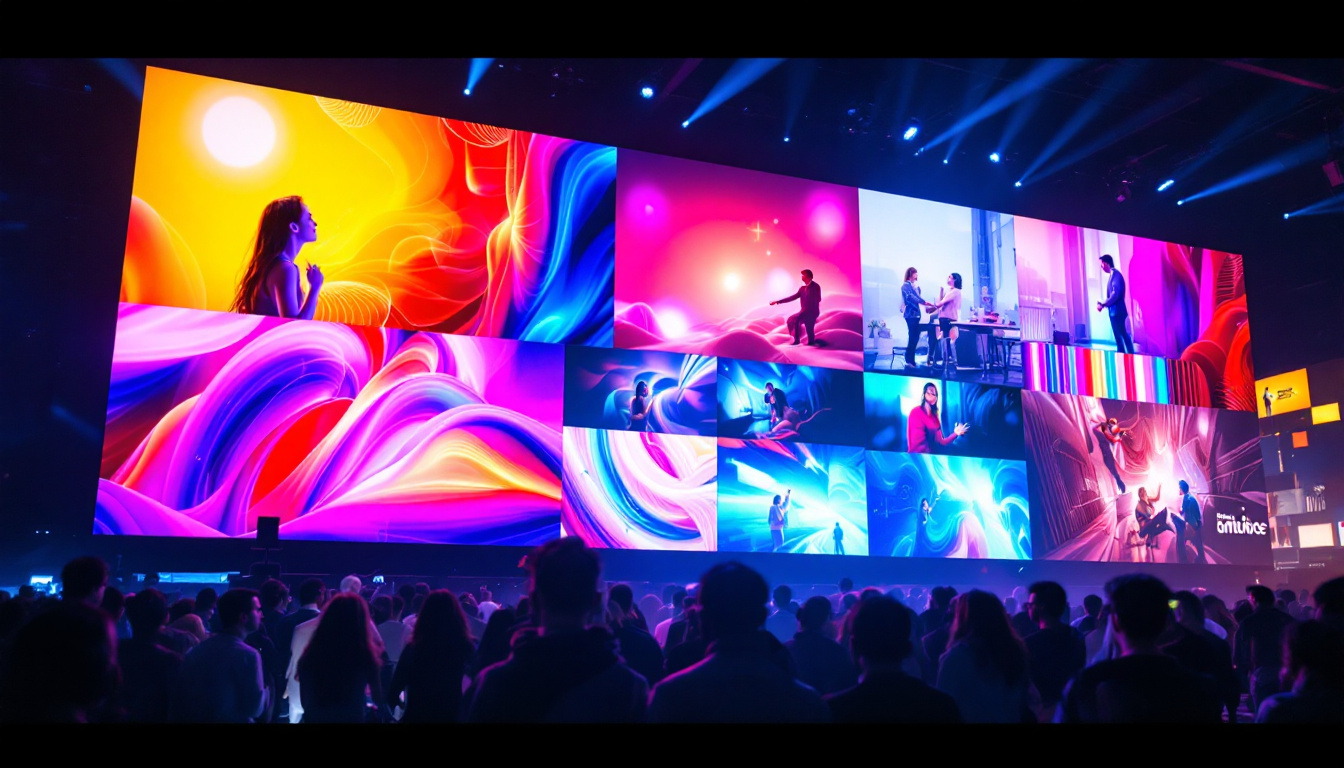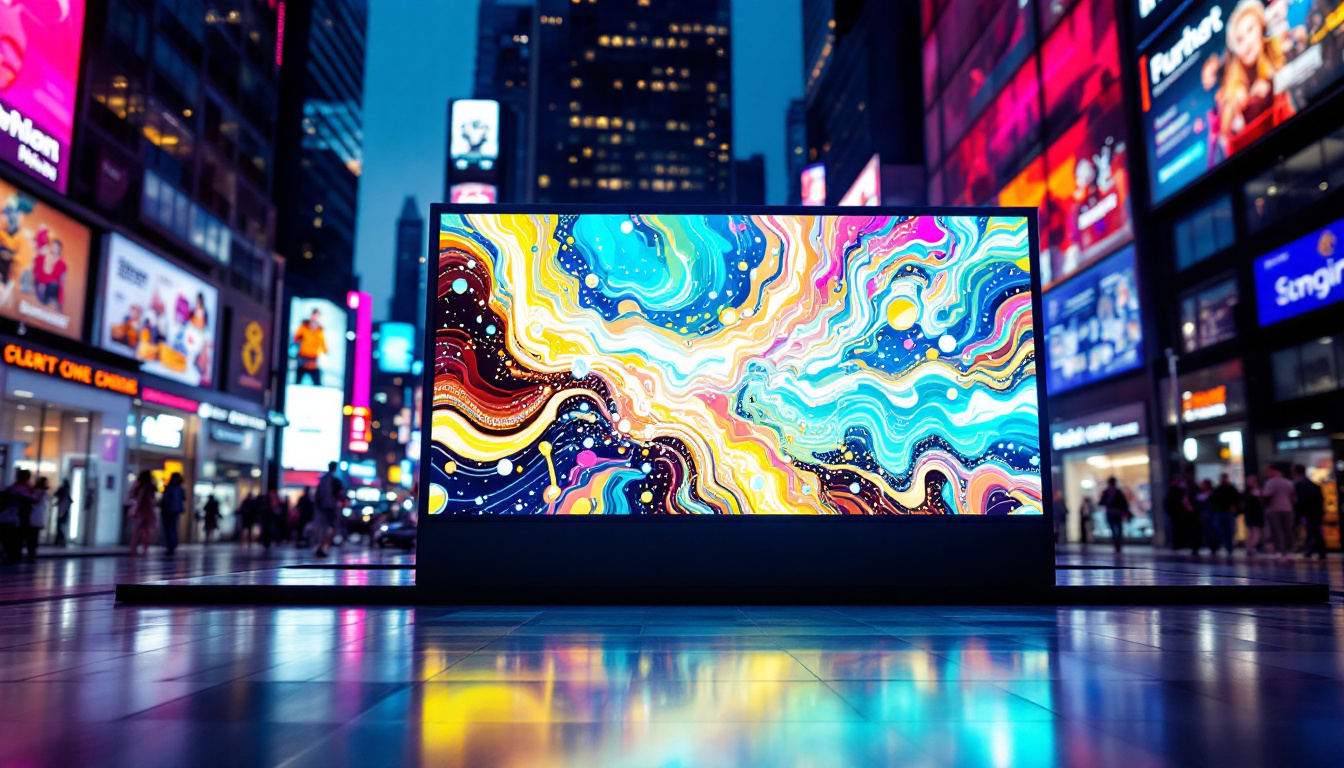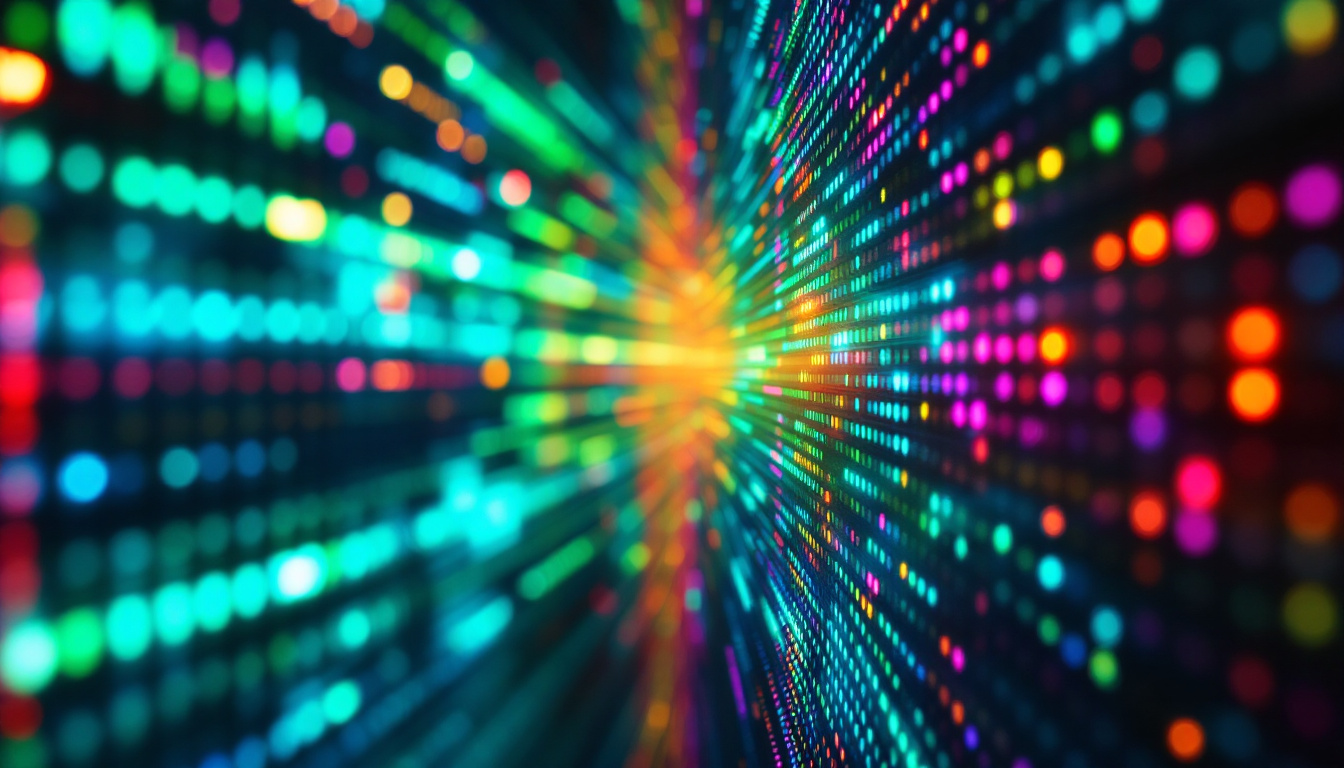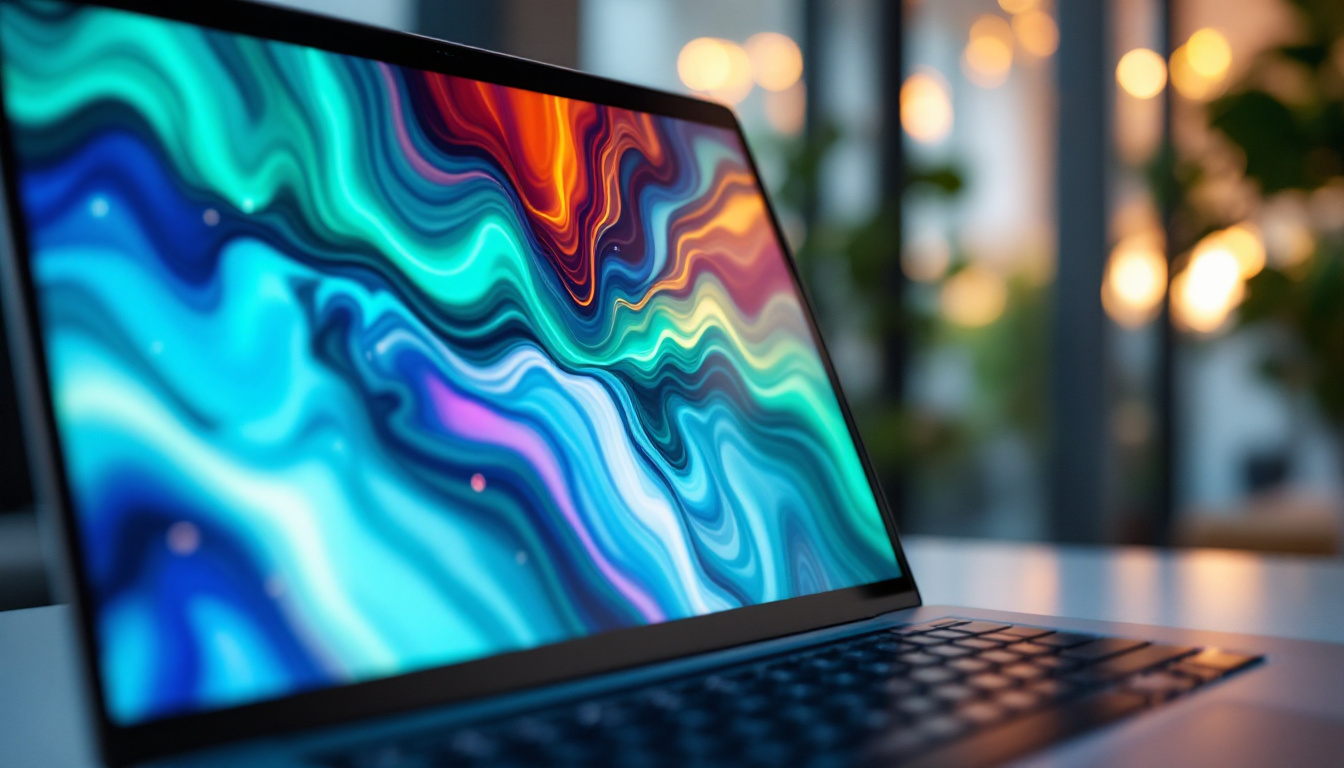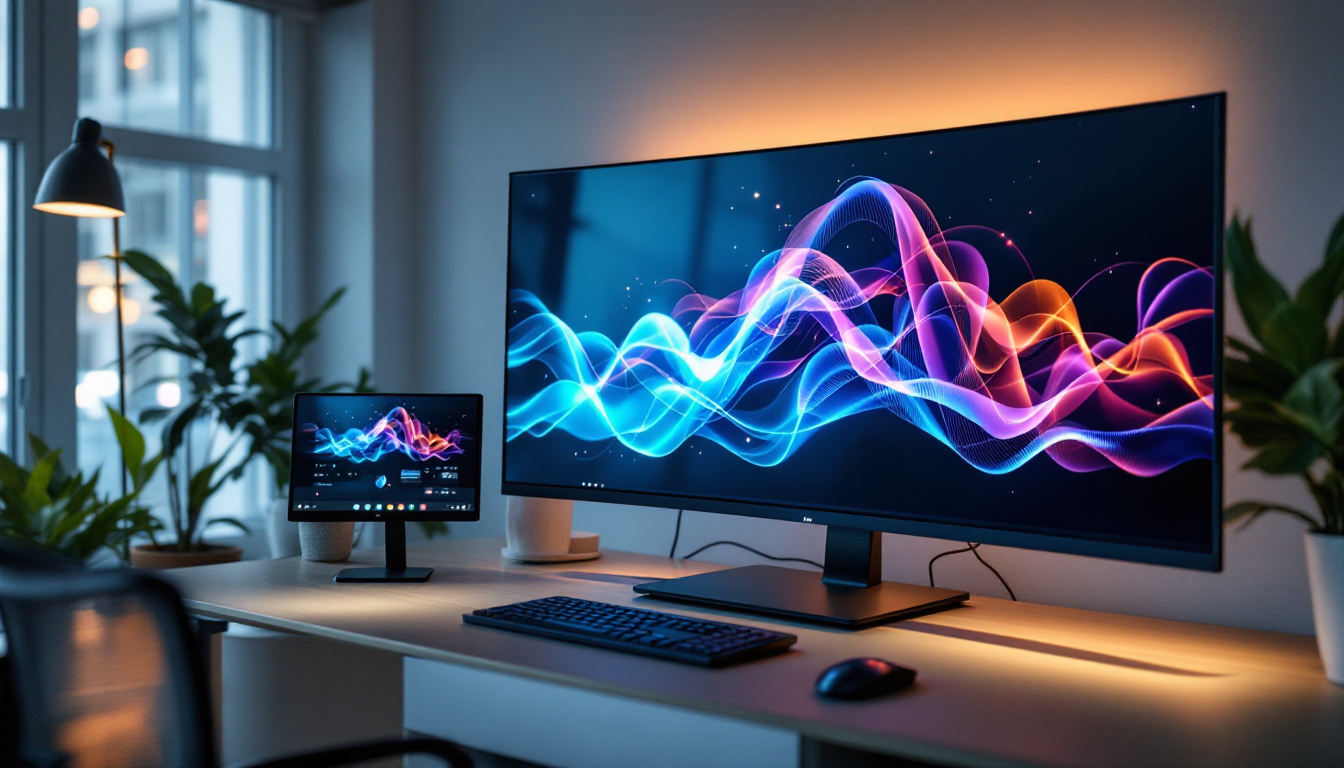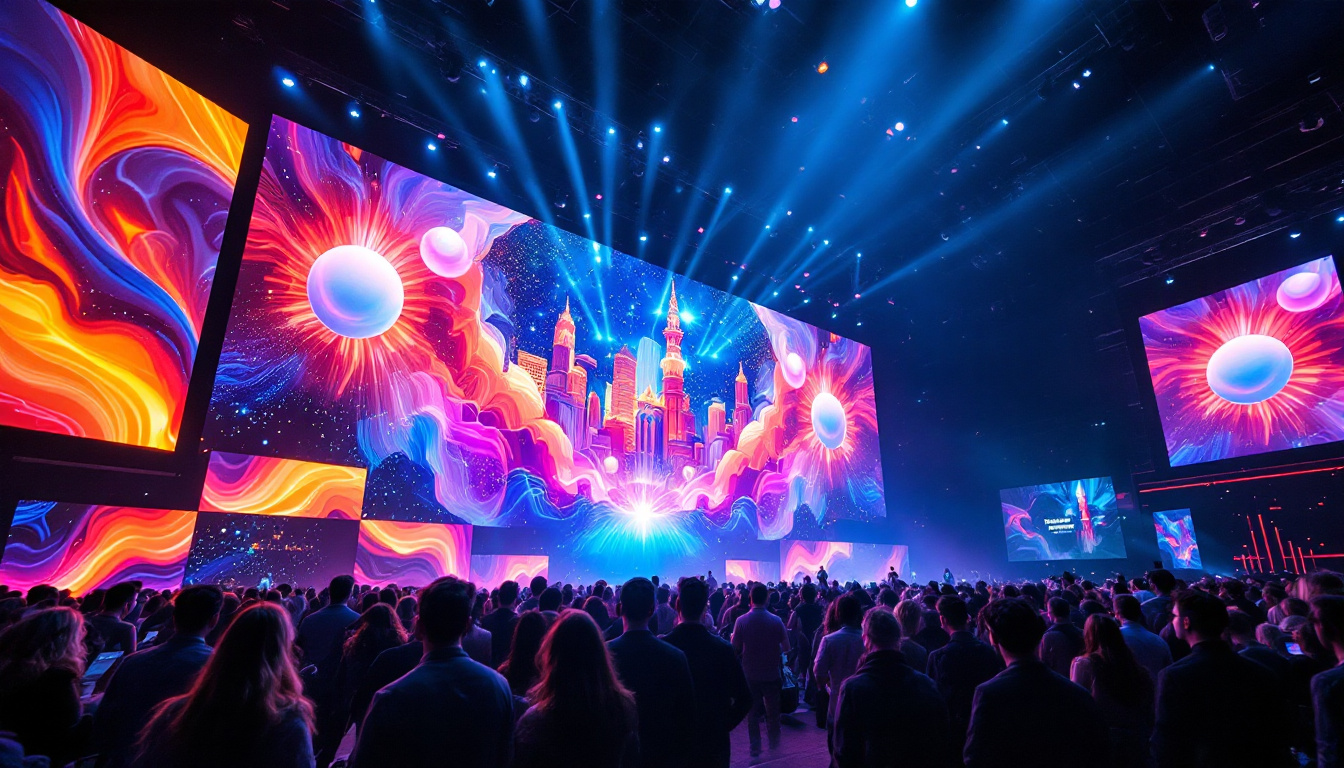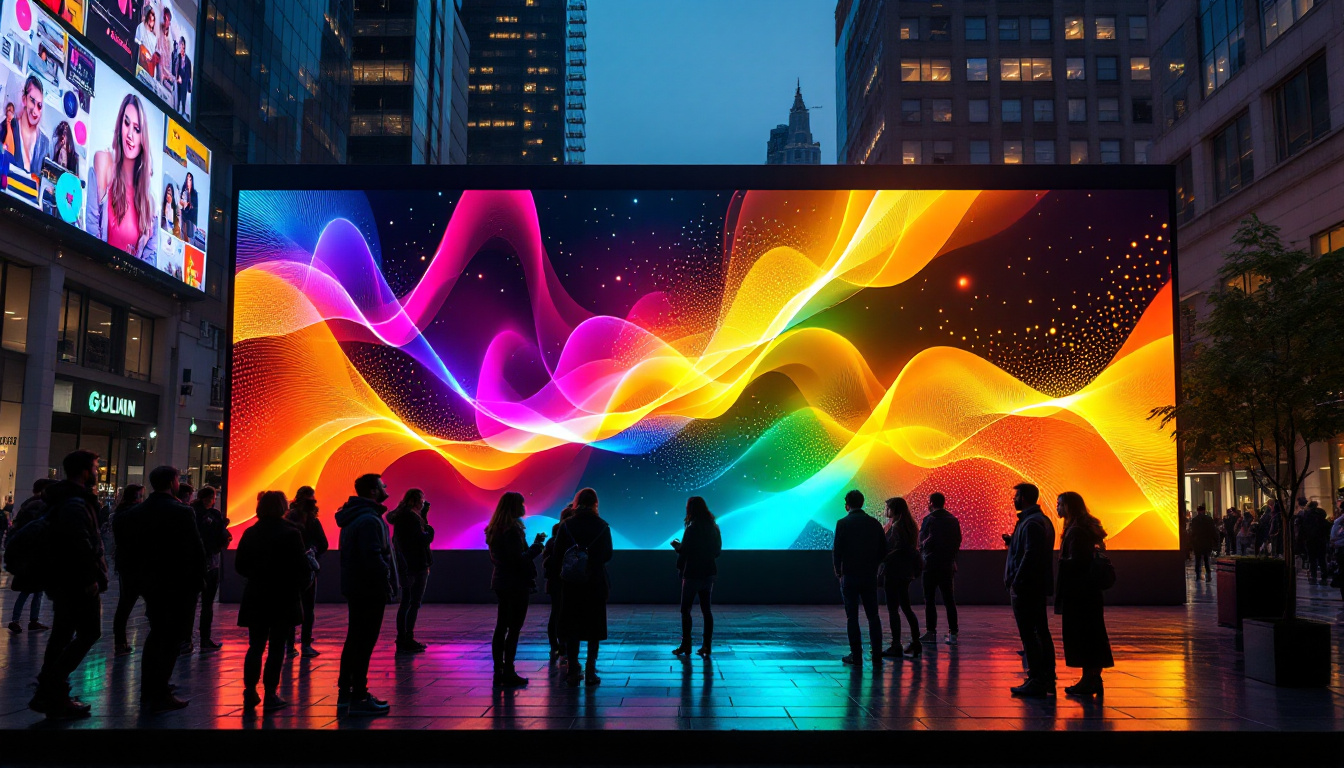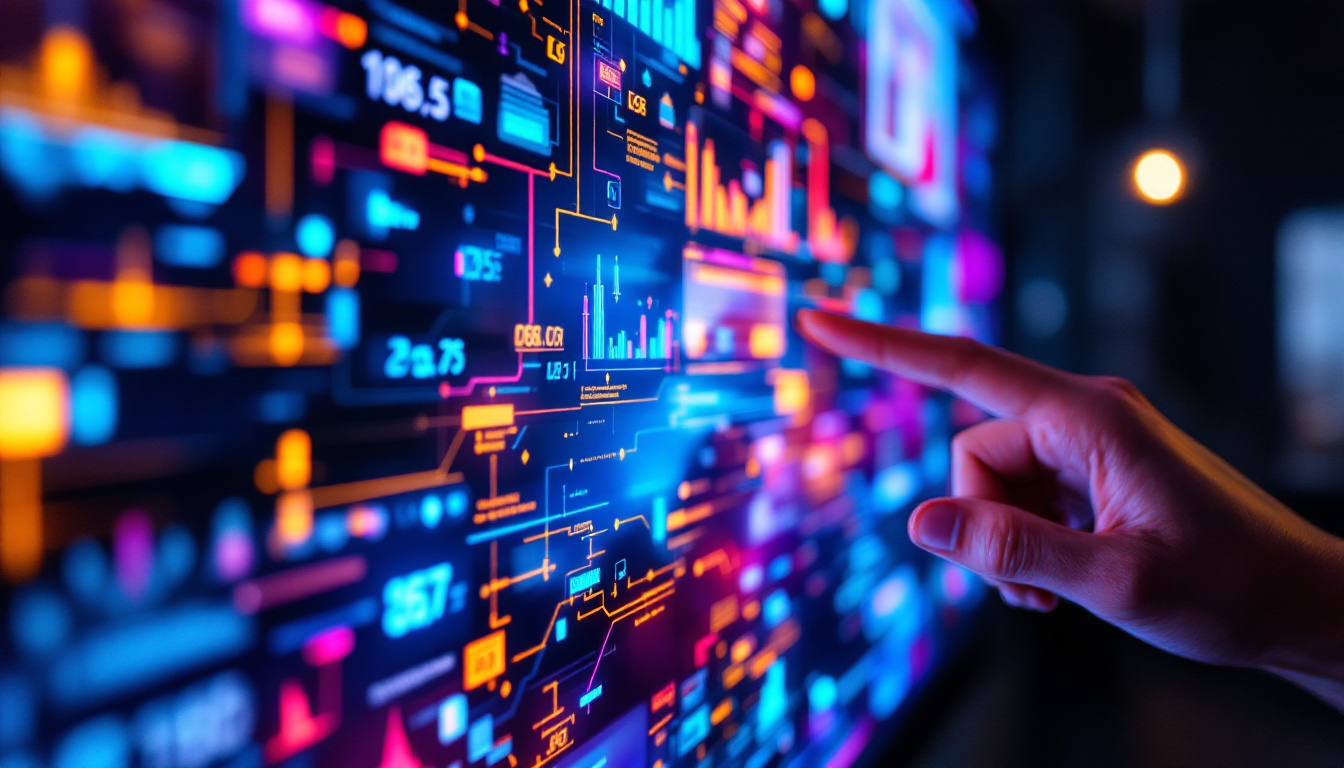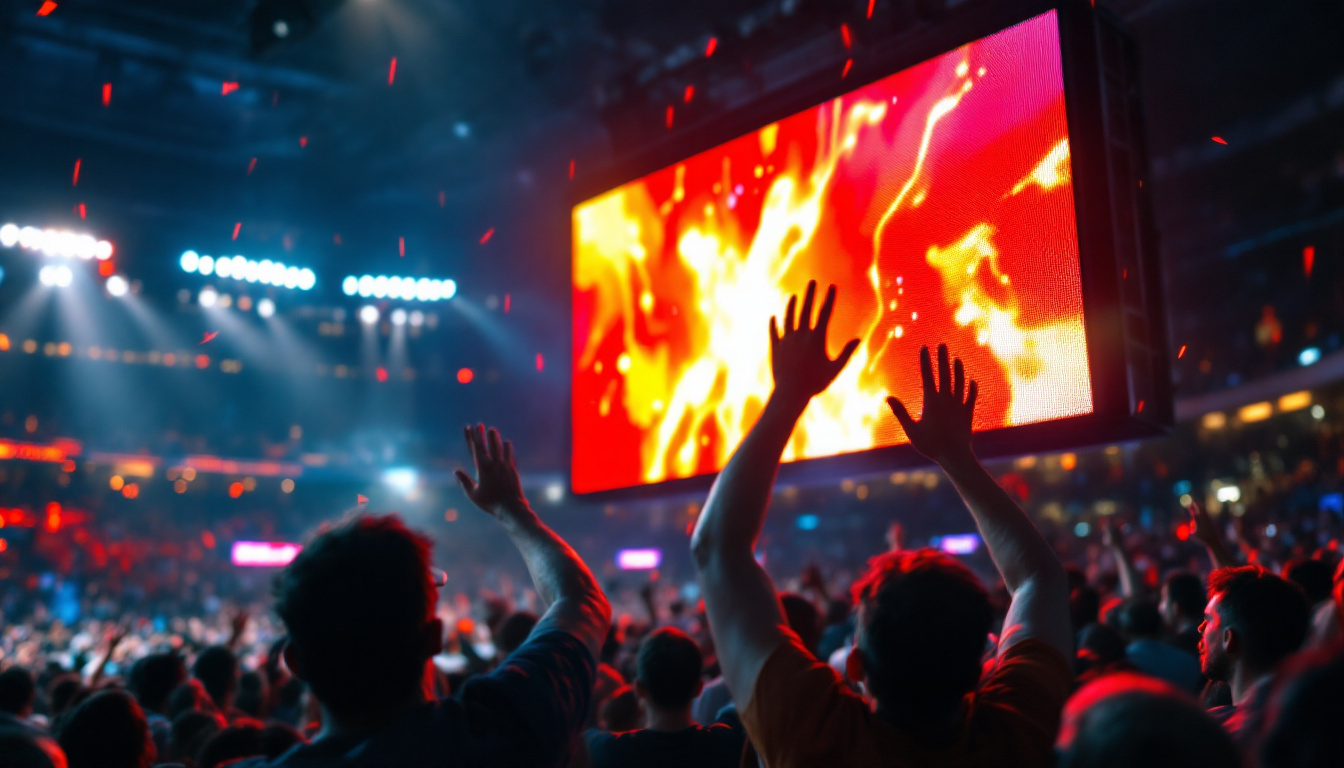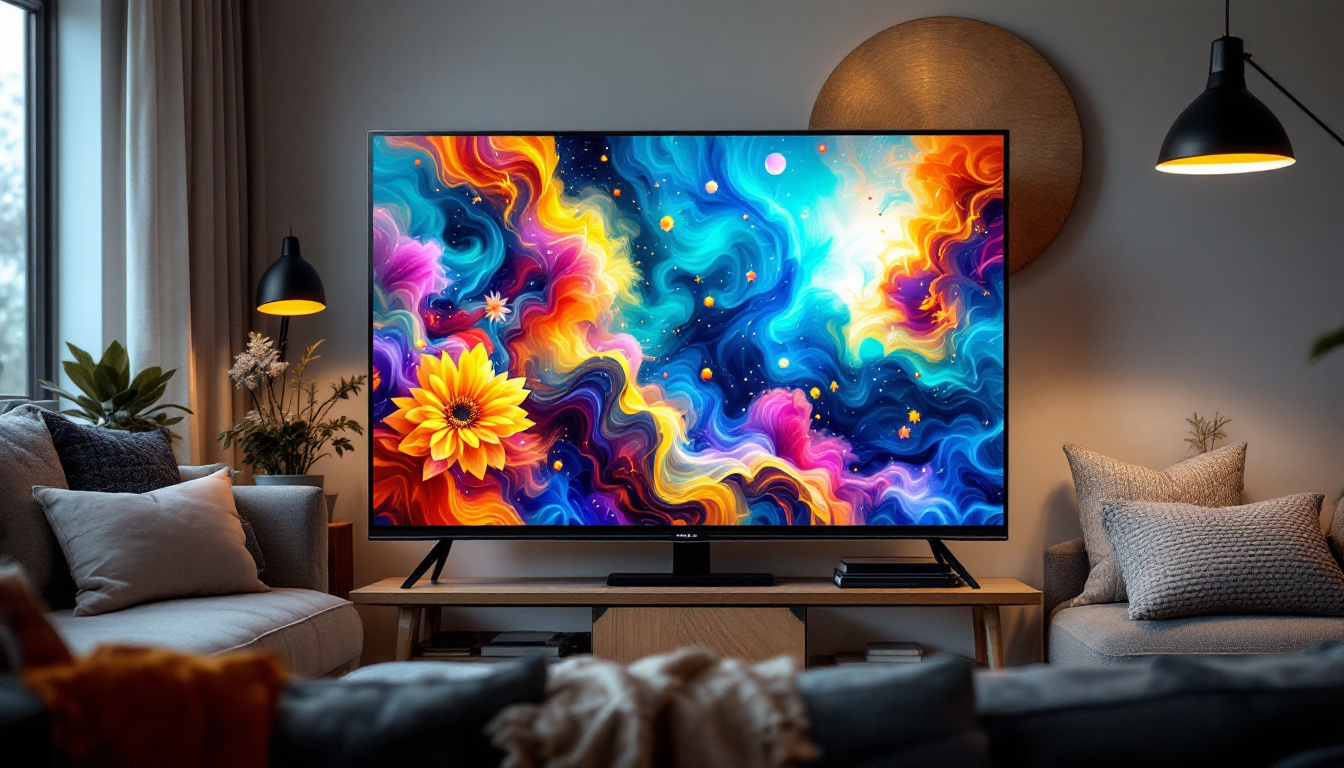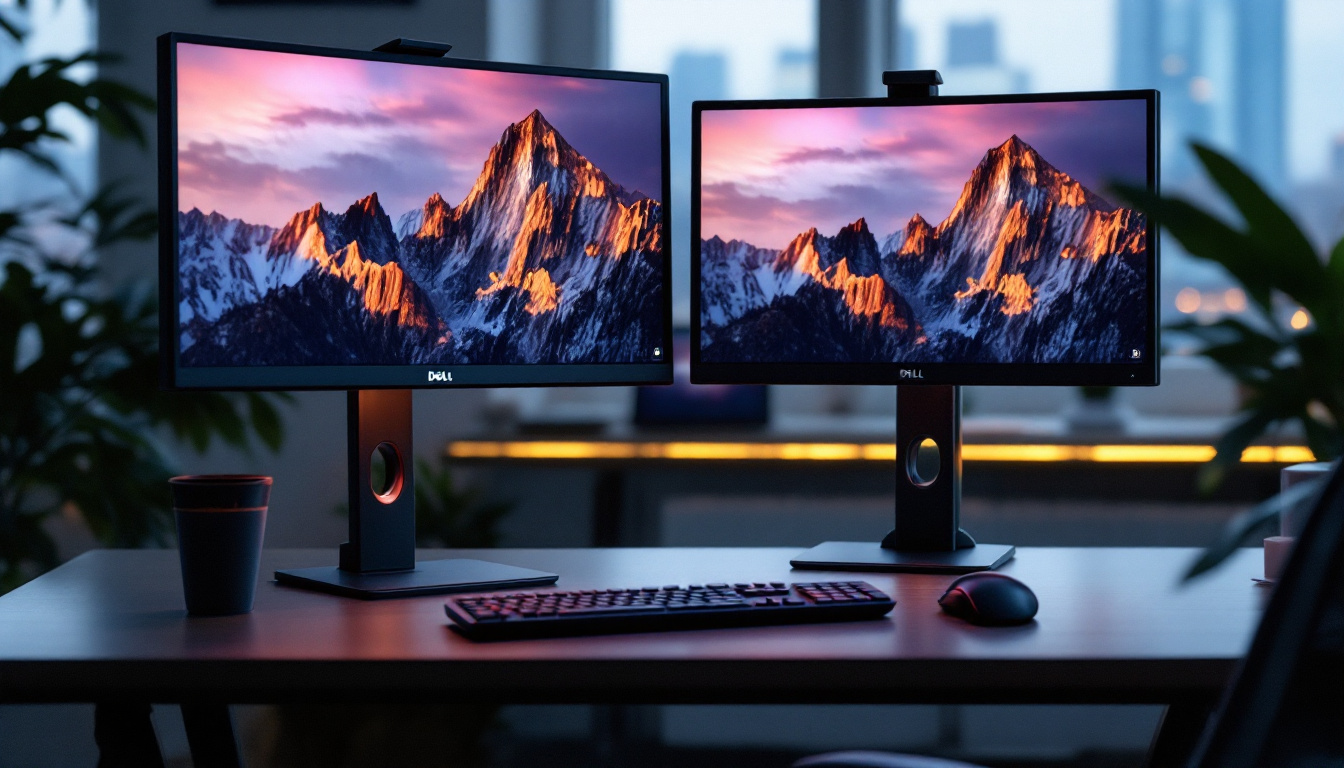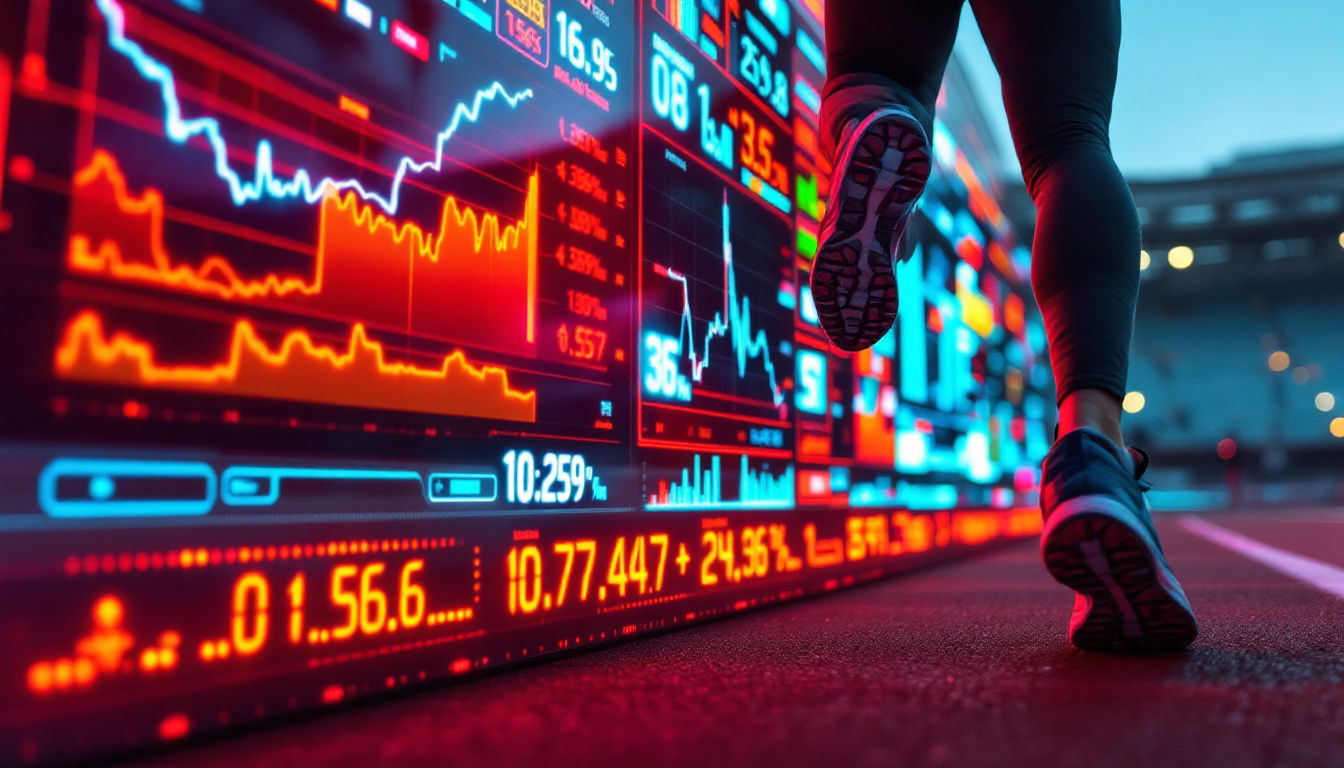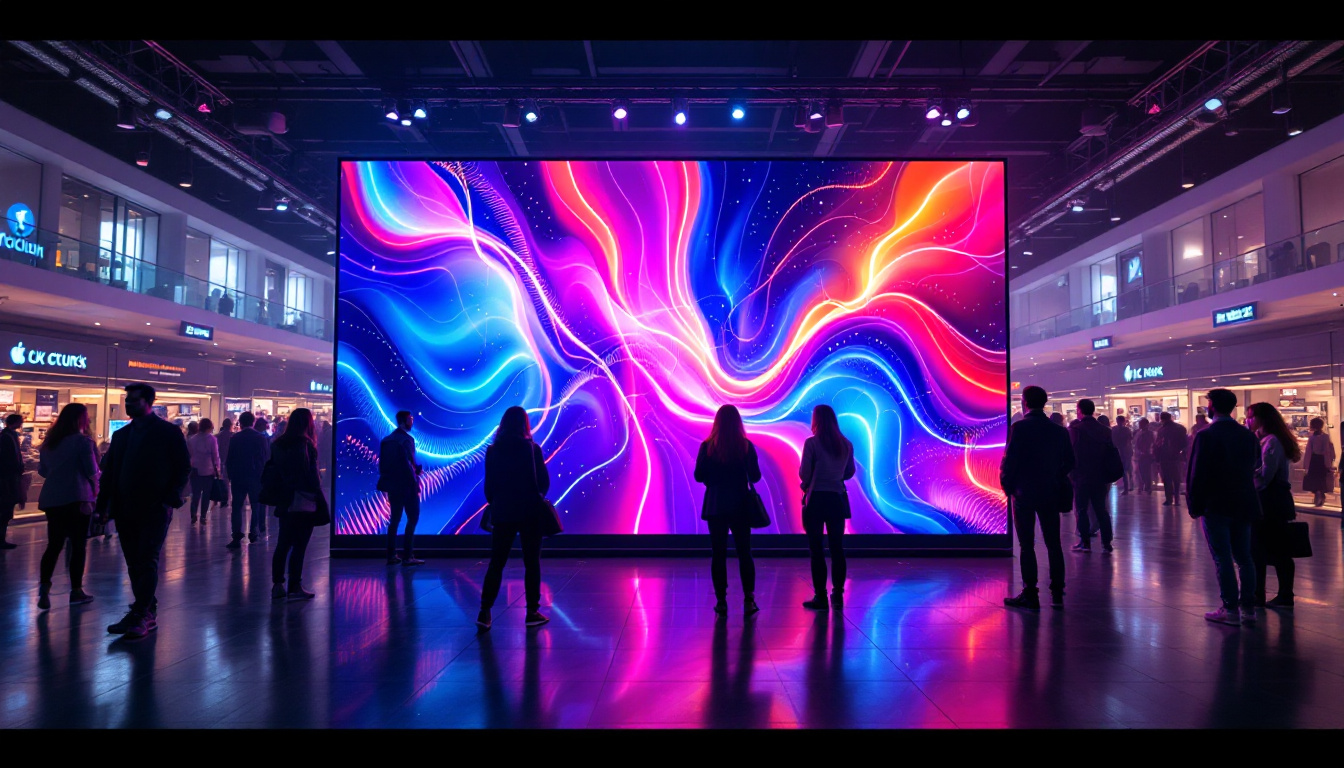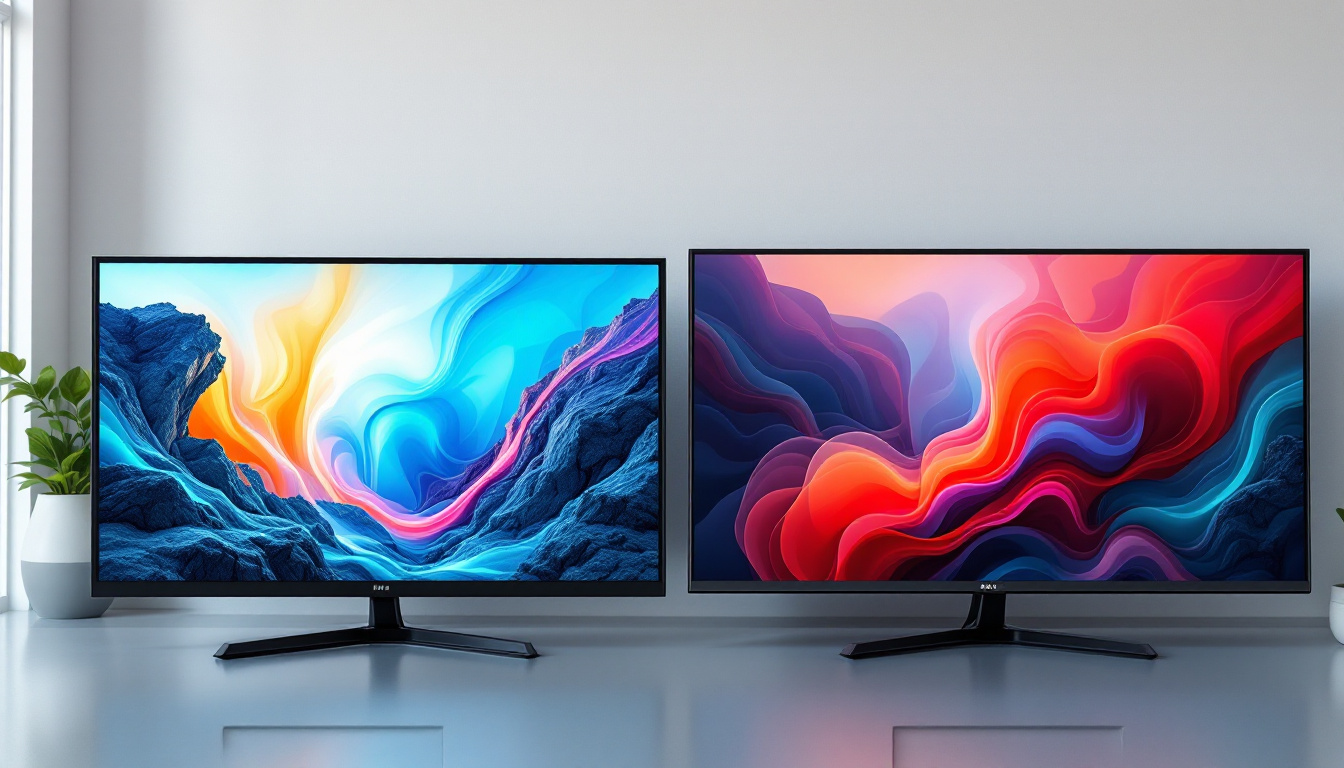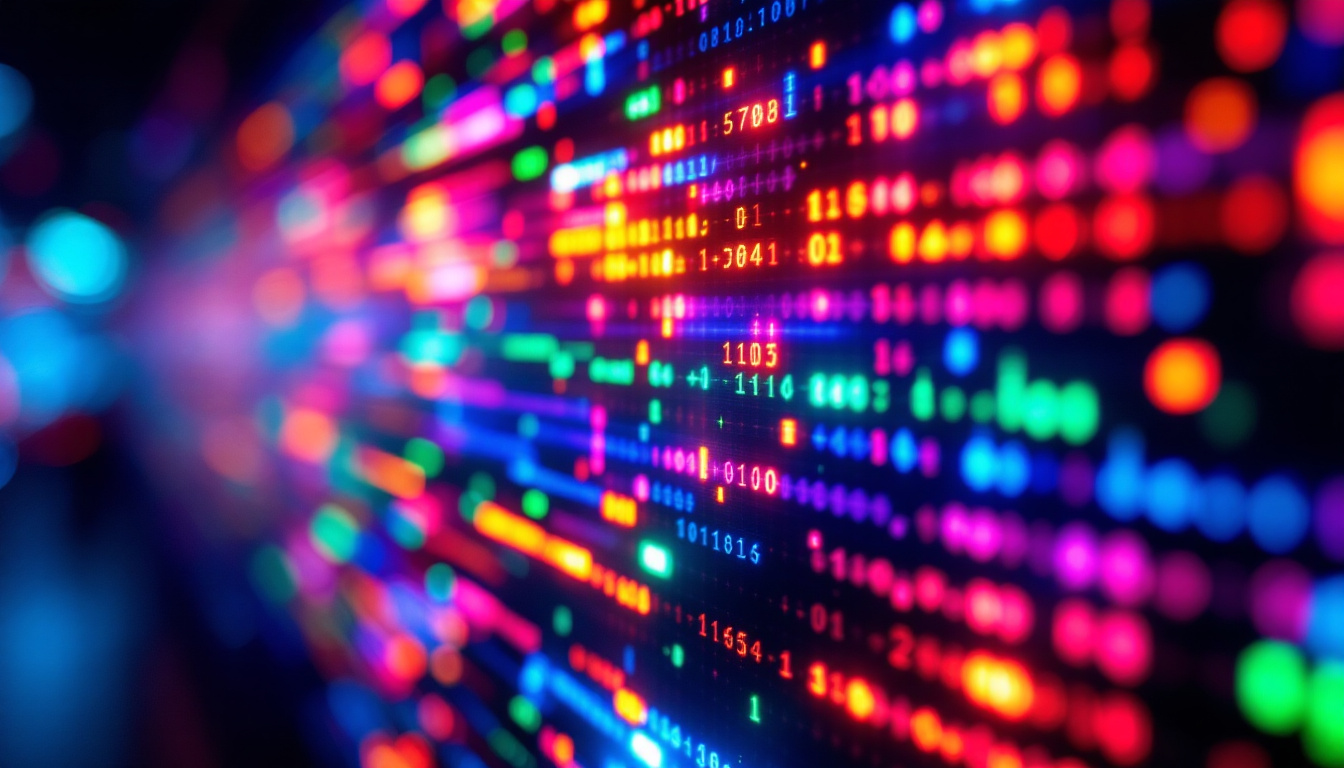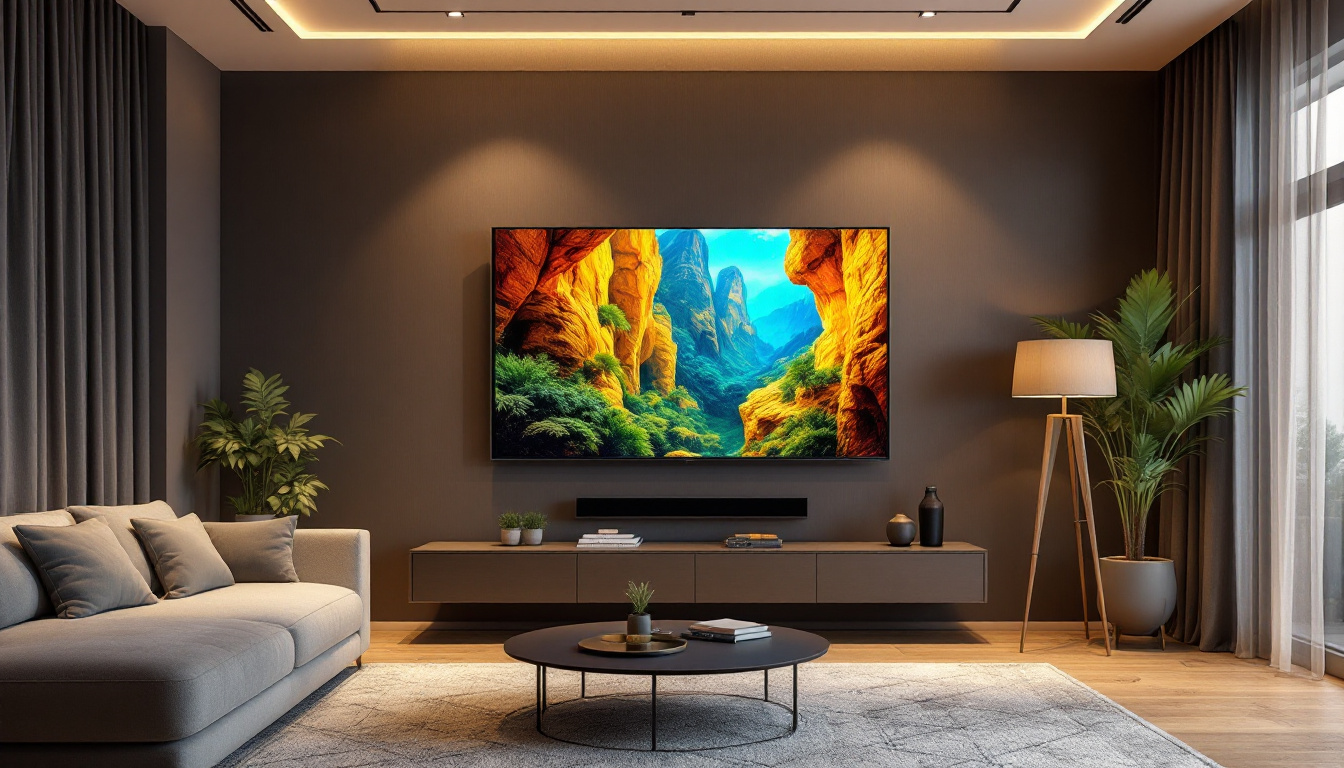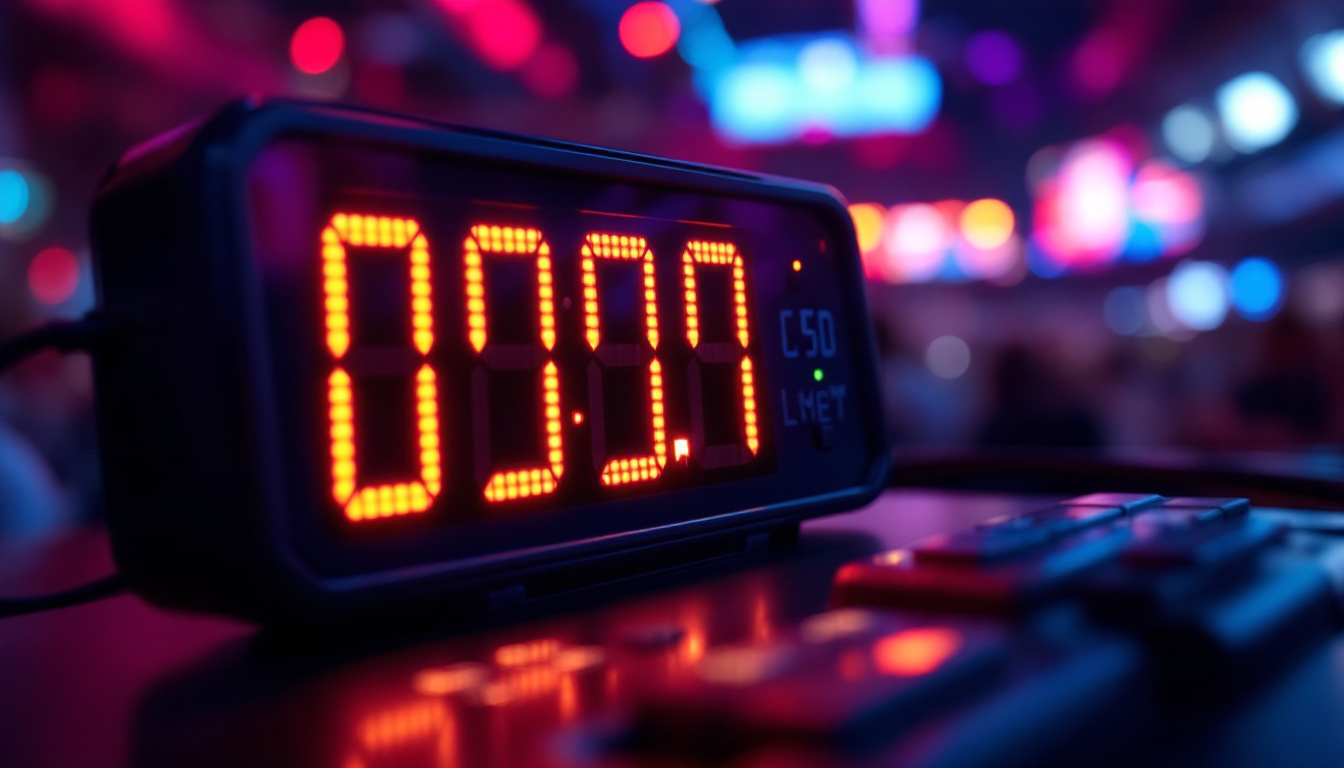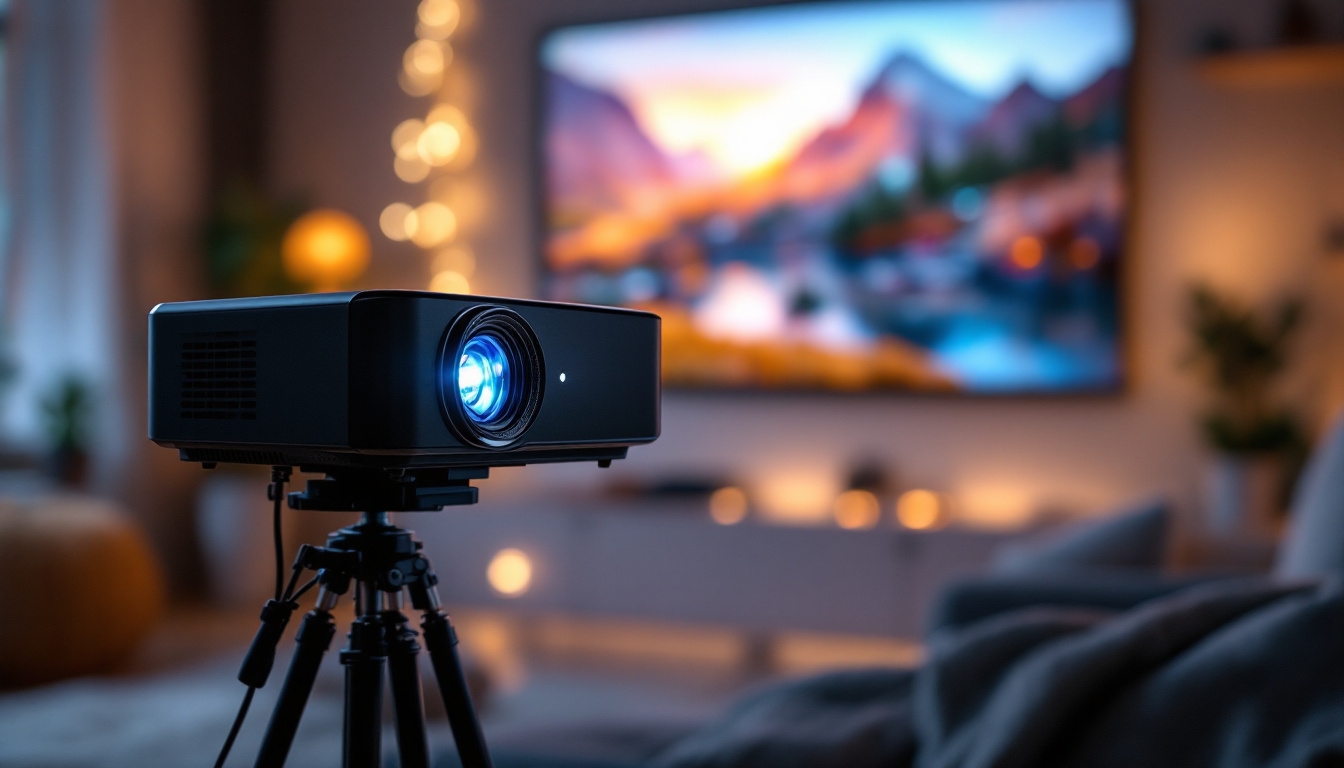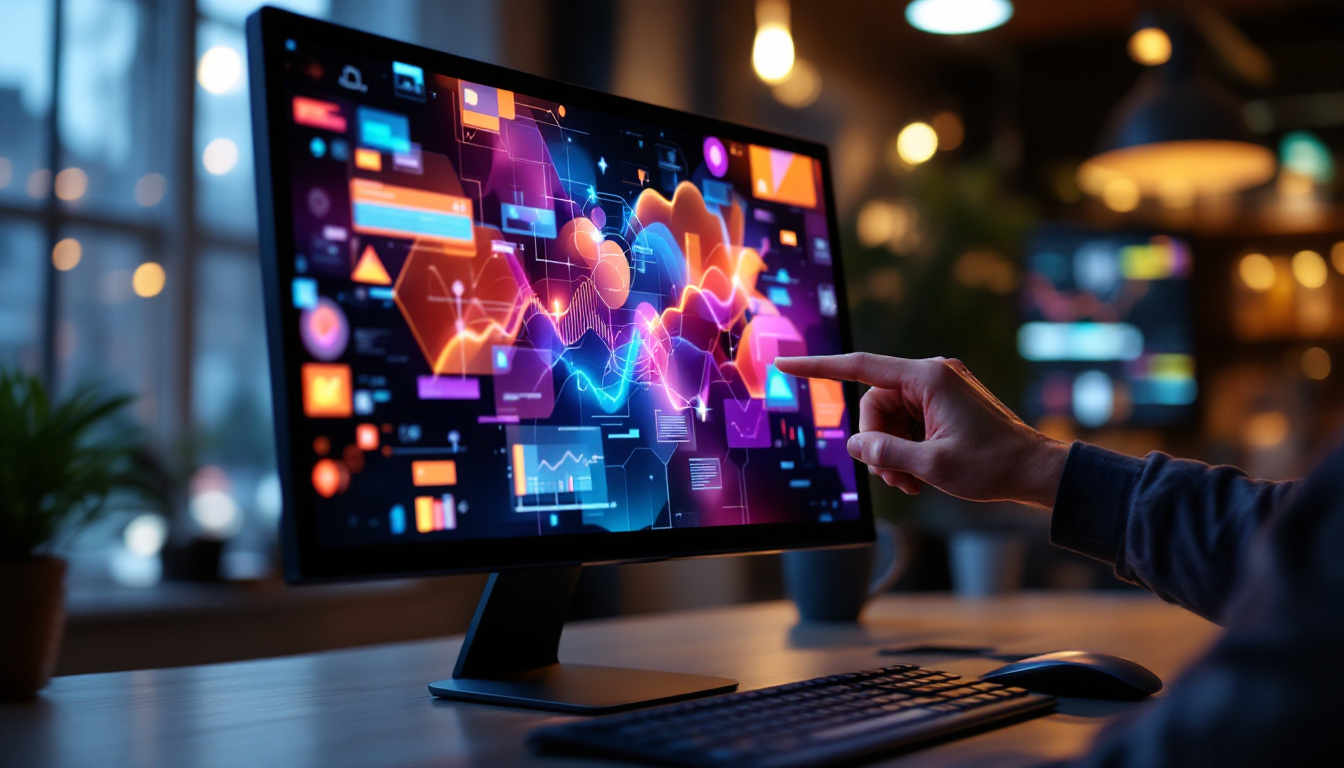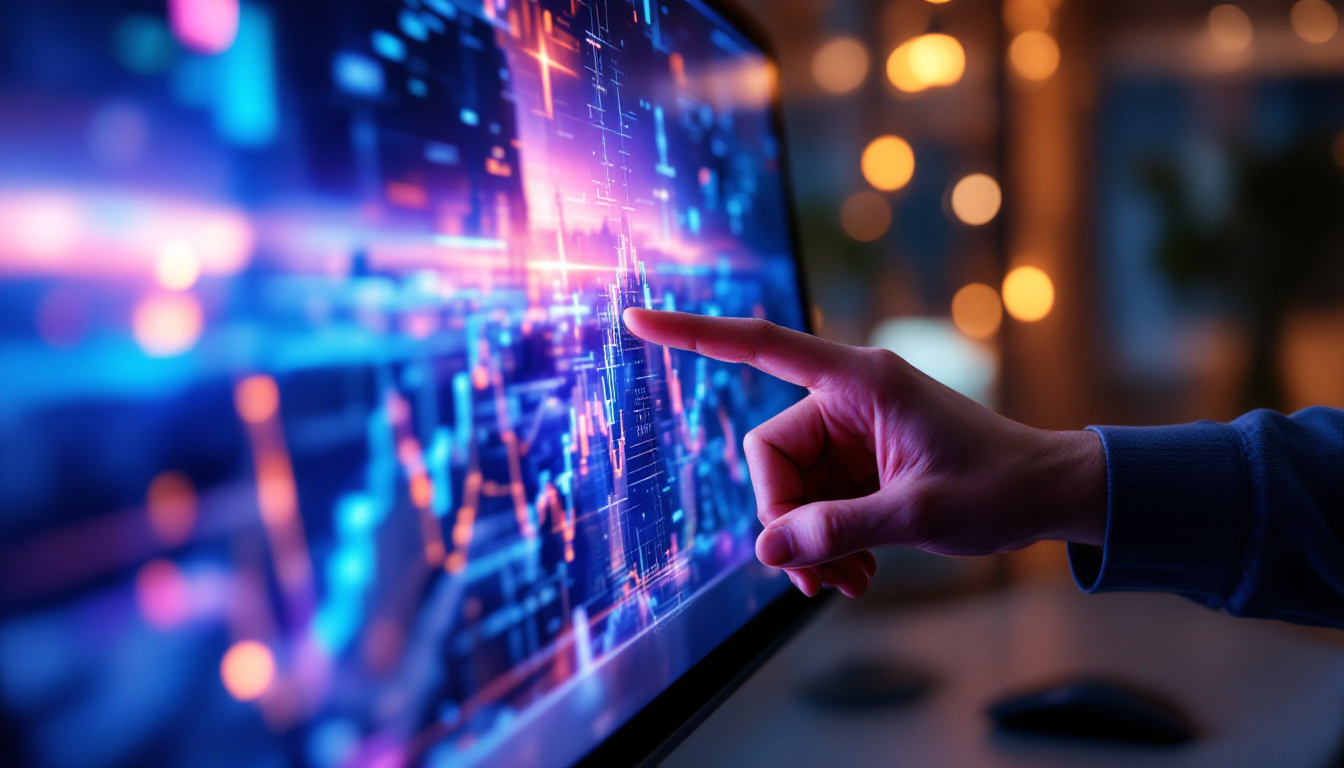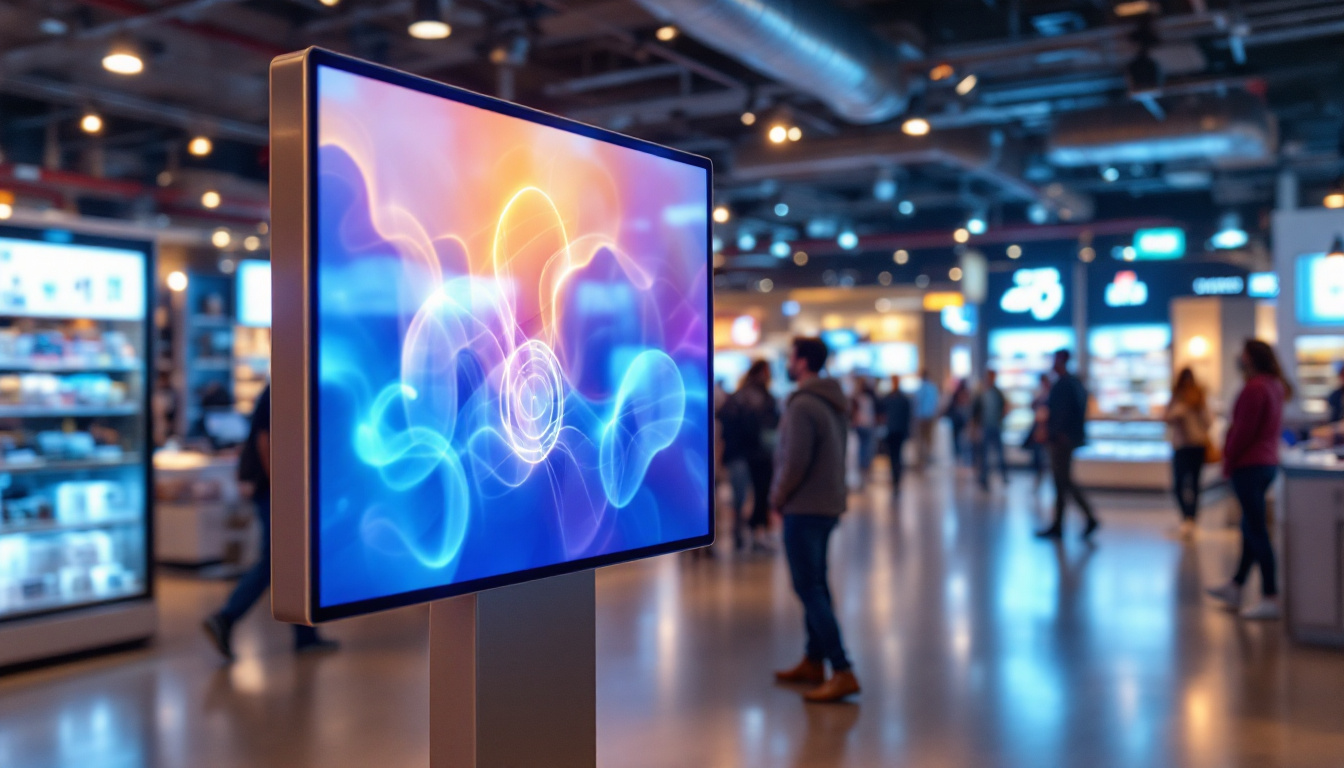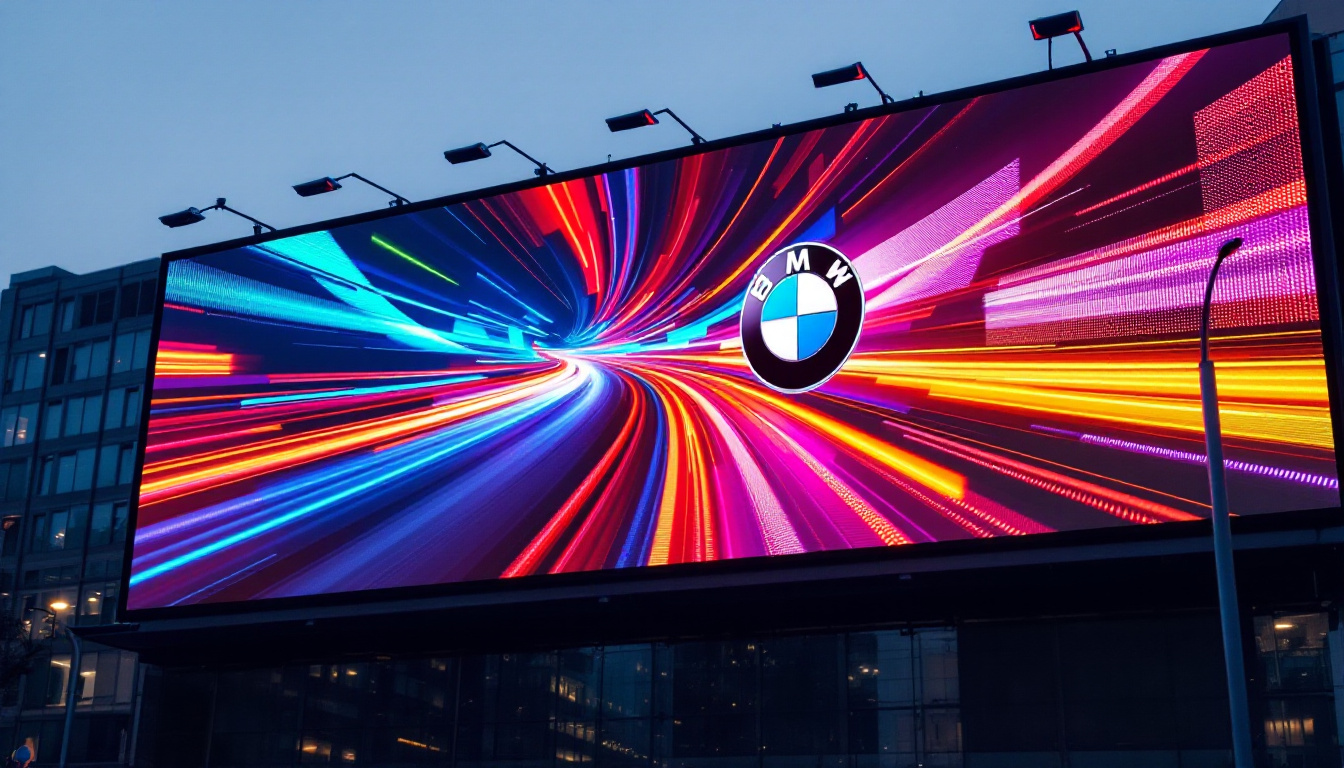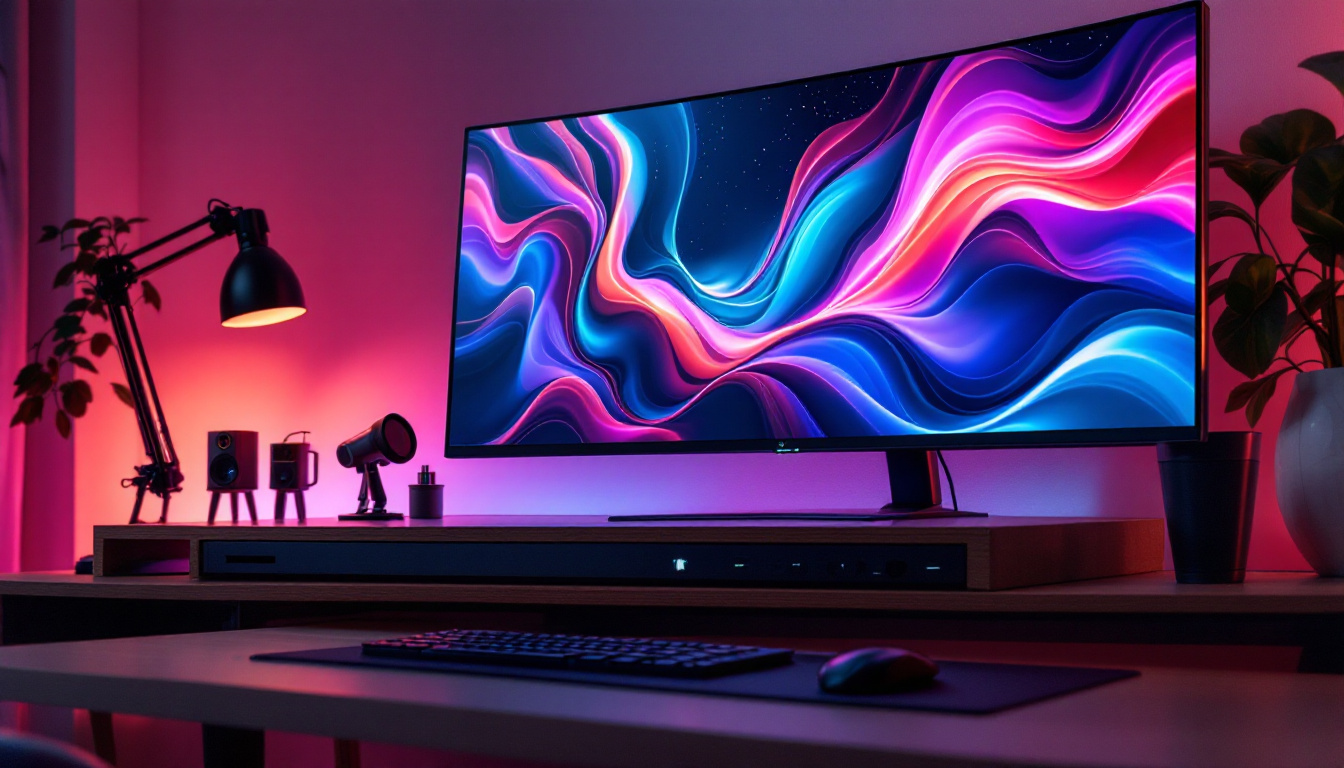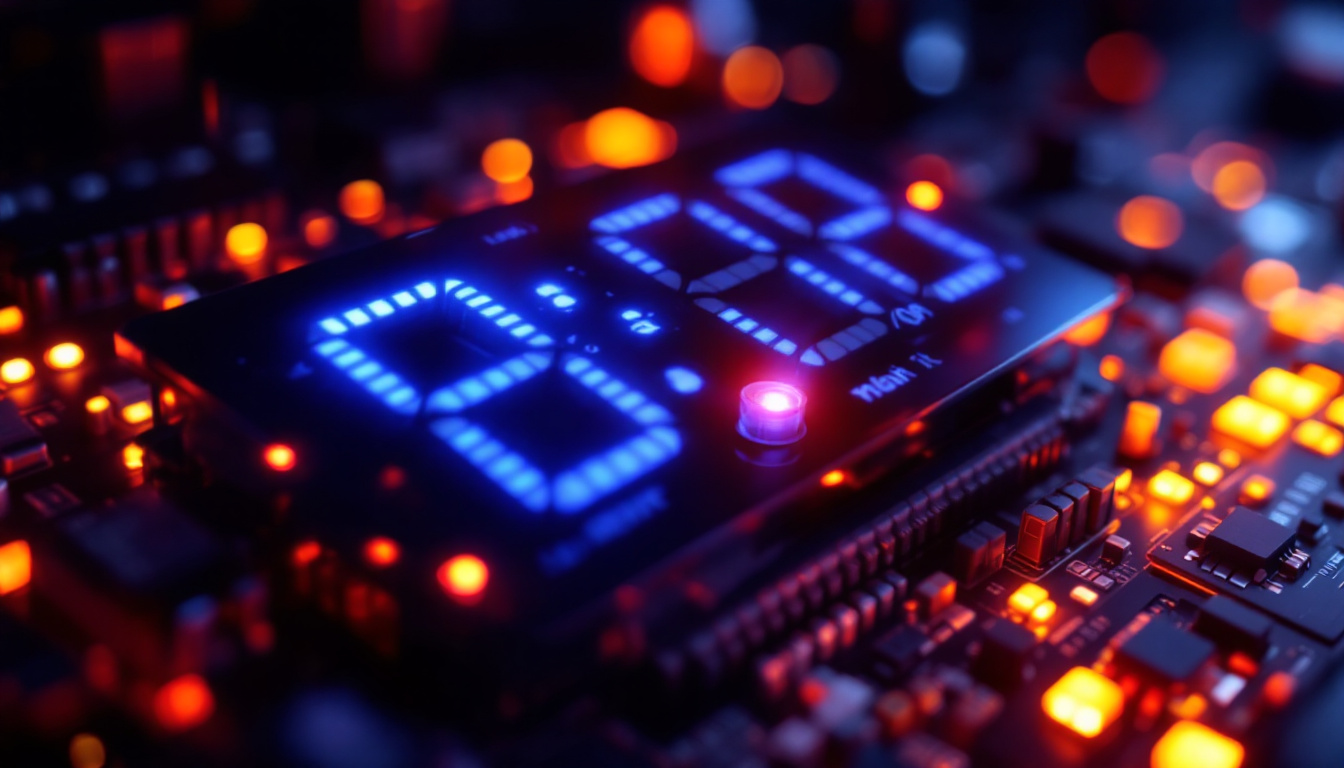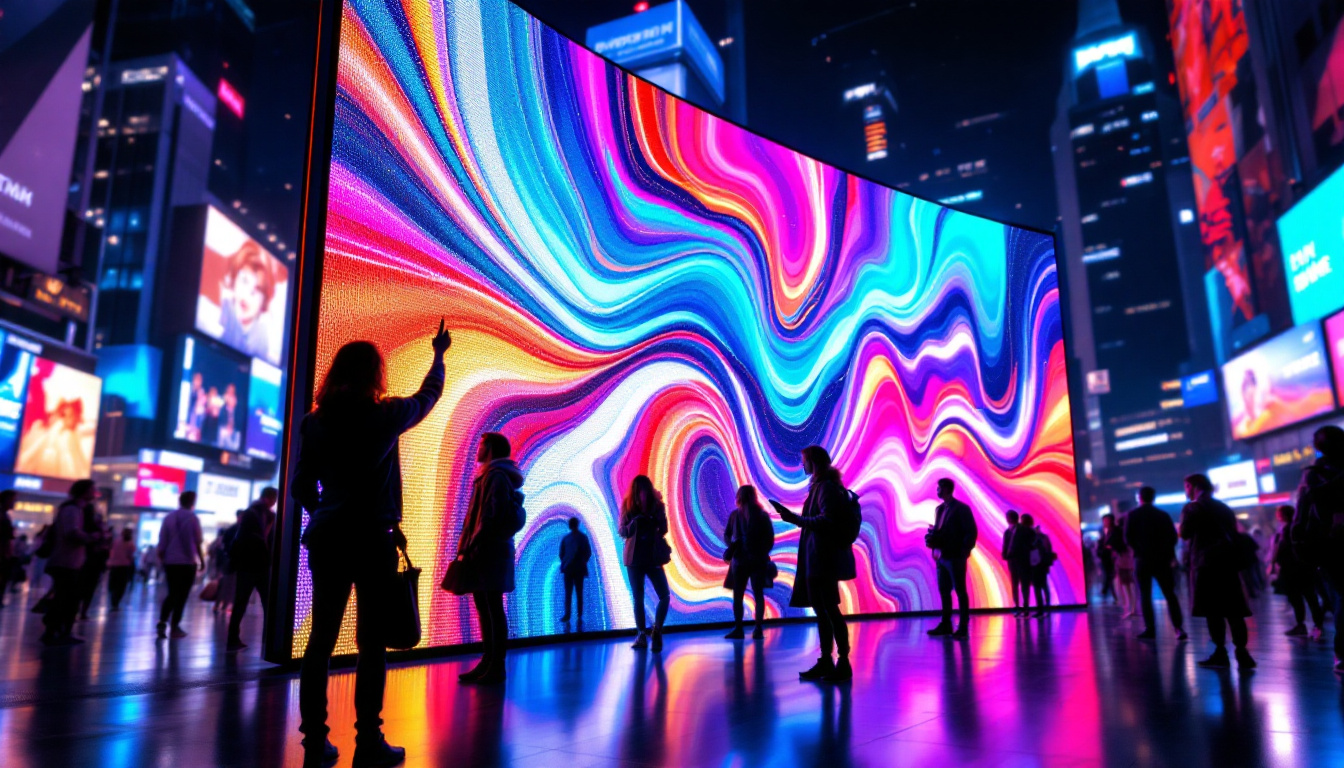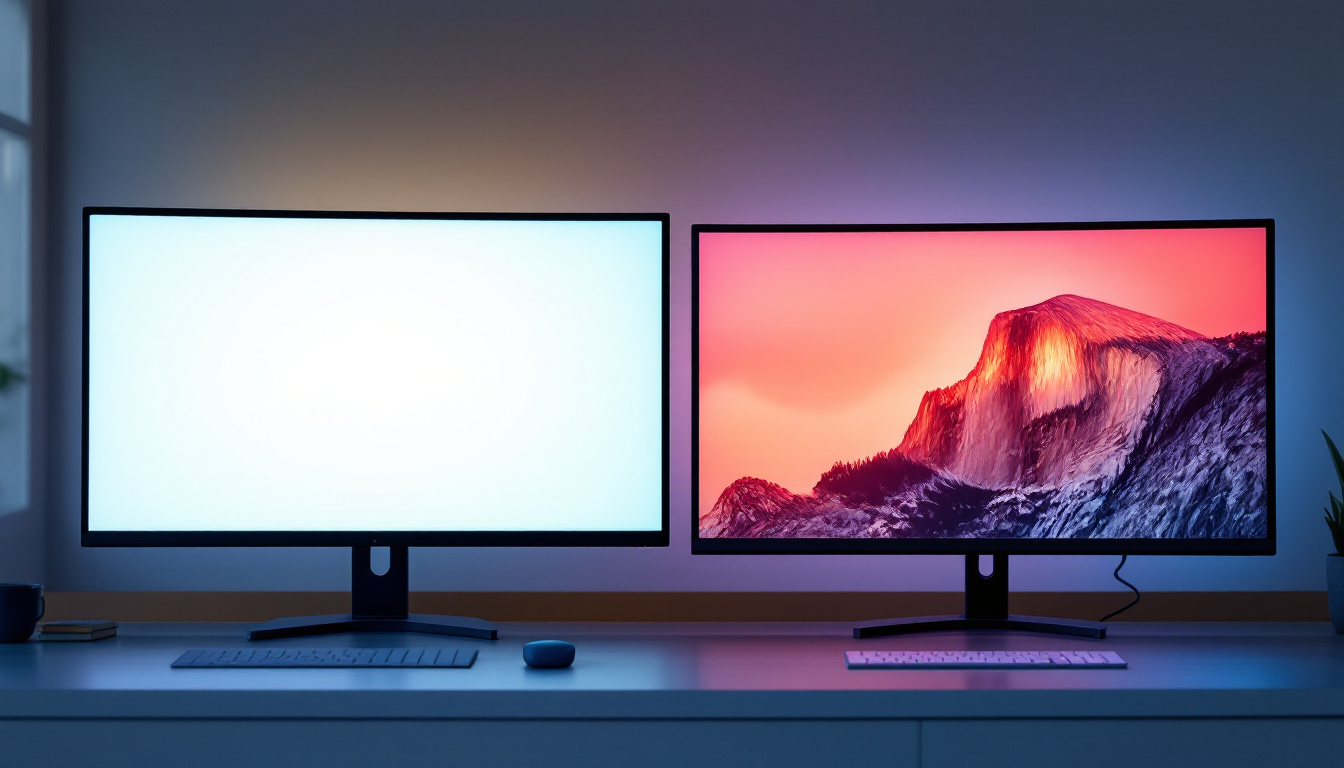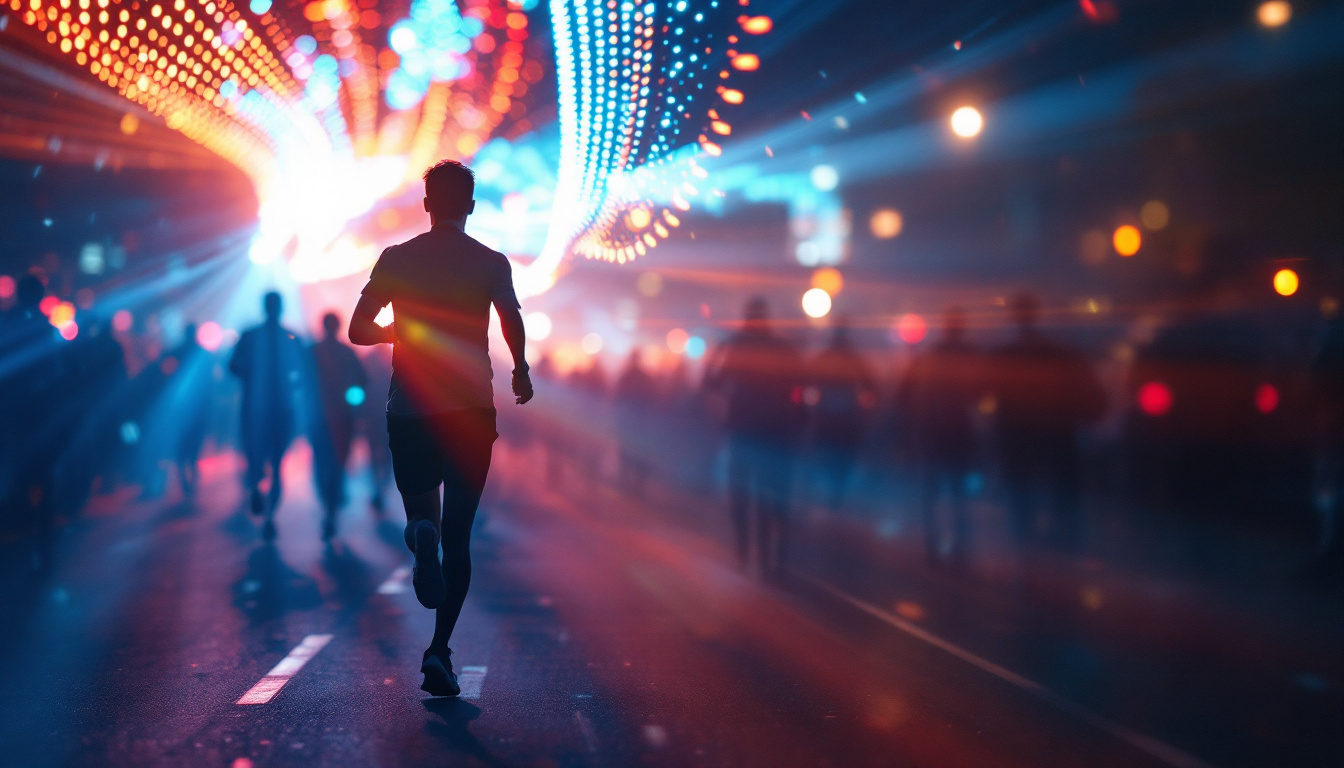In the modern world of digital advertising and entertainment, the demand for visually captivating displays has skyrocketed. One of the most innovative solutions to meet this demand is the LED display technology, which allows multiple videos to be showcased on a single screen. This article delves into the intricacies of LED displays, exploring their functionality, applications, and the benefits they bring to various sectors.
Understanding LED Display Technology
LED, or Light Emitting Diode, displays have revolutionized the way visual content is presented. Unlike traditional LCD screens, which rely on backlighting, LED displays utilize thousands of tiny diodes to create vivid images and videos. This technology not only enhances brightness and color accuracy but also allows for greater flexibility in design and functionality. The compact nature of LEDs means that they can be used in a variety of settings, from large outdoor billboards to small handheld devices, making them incredibly versatile in the realm of digital displays.
Components of LED Displays
At the core of LED display technology are several key components. These include the LED modules, control systems, and the power supply. Each module consists of numerous LEDs arranged in a grid, which collectively form the complete display. The control system is responsible for managing the content that appears on the screen, ensuring that multiple videos can be displayed simultaneously without lag or distortion. Additionally, advanced control systems can incorporate features like real-time data feeds, allowing displays to show live updates, such as news headlines or social media posts, enhancing viewer engagement.
Power supplies are crucial for maintaining the performance of LED displays. They provide the necessary voltage and current to the LEDs, ensuring consistent brightness and color reproduction. Understanding these components is essential for anyone looking to utilize LED technology effectively. Furthermore, the development of energy-efficient power supplies has significantly reduced the operational costs associated with LED displays, making them a more sustainable choice for businesses and public installations alike.
How LED Displays Work
LED displays operate on a principle known as pixel mapping. Each LED module is made up of individual pixels, which can be controlled independently. This means that different videos or images can be displayed in various sections of the screen, allowing for a dynamic viewing experience. The ability to manipulate each pixel independently also enables advanced effects, such as gradients and animations, which can create an immersive atmosphere for events or presentations.
The content displayed on an LED screen is managed through software that allows users to upload videos, images, and animations. This software is capable of dividing the screen into sections, enabling the simultaneous display of multiple videos. The result is a cohesive and engaging visual experience that captures the attention of viewers. Additionally, many modern LED displays come equipped with touch capabilities, allowing for interactive experiences where users can engage directly with the content, making them ideal for exhibitions, retail environments, and educational settings. The integration of such interactive features further enhances the versatility and appeal of LED technology in various applications.
Applications of LED Displays
The versatility of LED displays has led to their widespread adoption across various industries. From advertising to entertainment and beyond, the applications of this technology are vast and varied.
Advertising and Marketing
One of the most prominent uses of LED displays is in advertising. Brands leverage the ability to showcase multiple videos simultaneously to create dynamic advertisements that stand out in crowded environments. High-traffic areas such as shopping malls, airports, and city centers are prime locations for these displays, as they can effectively capture the attention of passersby.
Moreover, LED displays can be programmed to change content based on time of day or audience demographics, making them a powerful tool for targeted marketing. This adaptability ensures that the right message reaches the right audience at the right time. For instance, a coffee shop might display morning promotions for coffee and pastries, while transitioning to happy hour specials in the evening, maximizing their advertising effectiveness throughout the day.
Events and Entertainment
In the realm of events and entertainment, LED displays have become indispensable. Concerts, sports events, and theatrical performances utilize large LED screens to enhance the audience’s experience. By displaying multiple video feeds, such as live performances, behind-the-scenes footage, or interactive content, organizers can create a more immersive atmosphere.
Additionally, LED displays are often used in festivals and public gatherings to relay important information, such as schedules, safety announcements, and promotional content. Their bright and vibrant visuals ensure that messages are communicated effectively, regardless of the surrounding environment. Beyond just information dissemination, these displays can also serve as interactive platforms where audiences can engage through social media feeds, live polls, or contests, further enriching the event experience.
Corporate and Educational Use
LED displays are also making waves in corporate and educational settings. In corporate environments, they are used for presentations, video conferencing, and internal communications. The ability to display multiple videos or presentations simultaneously allows for more dynamic and engaging meetings.
In educational institutions, LED displays serve as powerful teaching tools. They can display instructional videos, live demonstrations, and interactive content, making learning more engaging for students. The flexibility of LED technology allows educators to adapt their teaching methods to suit various learning styles. Furthermore, these displays can facilitate collaborative learning by enabling students to share their work in real-time, fostering a more interactive and participatory classroom environment. As technology continues to evolve, the integration of LED displays in both corporate and educational settings is likely to expand, offering even more innovative ways to communicate and learn.
Benefits of Using LED Displays
The advantages of LED displays extend beyond their visual appeal. They offer a range of benefits that make them an attractive option for various applications.
Energy Efficiency
One of the standout features of LED displays is their energy efficiency. Compared to traditional display technologies, LEDs consume significantly less power while delivering superior brightness and color quality. This not only reduces operational costs but also minimizes the environmental impact, making LED displays a more sustainable choice.
Longevity and Durability
LED displays are known for their longevity and durability. With a lifespan that can exceed 100,000 hours, they are designed to withstand the rigors of continuous use. This makes them a cost-effective investment for businesses and organizations, as they require less frequent replacement and maintenance.
Furthermore, LED technology is resistant to shock and vibration, making it suitable for outdoor applications where traditional displays might fail. This resilience ensures that content remains visible and vibrant, regardless of external conditions.
High-Quality Visuals
The visual quality of LED displays is another significant advantage. They offer high resolution, excellent color accuracy, and superior contrast ratios, resulting in stunning visuals that captivate audiences. The ability to display multiple videos in high definition further enhances the viewer’s experience, making LED displays a preferred choice for many applications.
Challenges and Considerations
While LED displays offer numerous benefits, there are also challenges and considerations that potential users should keep in mind.
Initial Cost
The initial investment for LED display technology can be substantial. While prices have decreased over the years, high-quality LED displays still require a significant upfront cost. Organizations must weigh this investment against the long-term benefits and potential return on investment.
Installation and Maintenance
Installing LED displays can be complex, requiring specialized knowledge and skills. Proper installation is crucial to ensure optimal performance and longevity. Additionally, while LED displays are durable, they still require regular maintenance to keep them functioning at peak performance. Organizations should consider these factors when planning to implement LED technology.
Content Management
Managing content for LED displays can also pose challenges. Organizations need to invest in software solutions that allow for effective content scheduling and management. This may require training staff or hiring specialists to ensure that content is updated and displayed correctly.
Future Trends in LED Display Technology
The LED display industry is continually evolving, with new trends emerging that promise to enhance the technology further. Staying abreast of these trends can help organizations make informed decisions about their display needs.
Advancements in Resolution
As technology progresses, the resolution of LED displays continues to improve. The introduction of microLED and miniLED technologies is paving the way for even higher pixel densities, resulting in sharper images and more detailed visuals. This advancement will allow for more immersive experiences in various applications, from gaming to virtual reality.
Integration with Smart Technology
Another significant trend is the integration of LED displays with smart technology. This includes features such as IoT connectivity, which allows for real-time data monitoring and content updates. Organizations can leverage this technology to create interactive displays that respond to viewer engagement, providing a more personalized experience.
Increased Use of Transparent Displays
Transparent LED displays are gaining popularity, particularly in retail and architectural applications. These displays allow for creative installations that do not obstruct views while still delivering impactful content. As this technology matures, it is expected to open up new possibilities for innovative advertising and design.
Conclusion
LED displays have transformed the way content is presented, allowing for multiple videos to be displayed simultaneously on a single screen. Their versatility, energy efficiency, and high-quality visuals make them an attractive option for a wide range of applications, from advertising and entertainment to corporate and educational use.
While there are challenges to consider, the benefits of LED technology far outweigh the drawbacks. As advancements continue to emerge, the future of LED displays looks promising, offering even more opportunities for creativity and engagement. Organizations that embrace this technology will undoubtedly find themselves at the forefront of visual communication, captivating audiences and enhancing their brand presence.
Discover LumenMatrix LED Display Solutions
Ready to elevate your visual communication and captivate your audience with unparalleled clarity? Look no further than LumenMatrix, the leading innovator in LED display technology. From vibrant Indoor and Outdoor LED Wall Displays to dynamic Vehicle and Sports LED Displays, our extensive range of solutions, including the sleek LED Poster and interactive Floor LED Displays, is designed to transform your space and engage viewers like never before. Embrace the future with our Custom, All-in-One, and Transparent LED Displays. Check out LumenMatrix LED Display Solutions today and experience the revolution in digital signage and visual storytelling.

